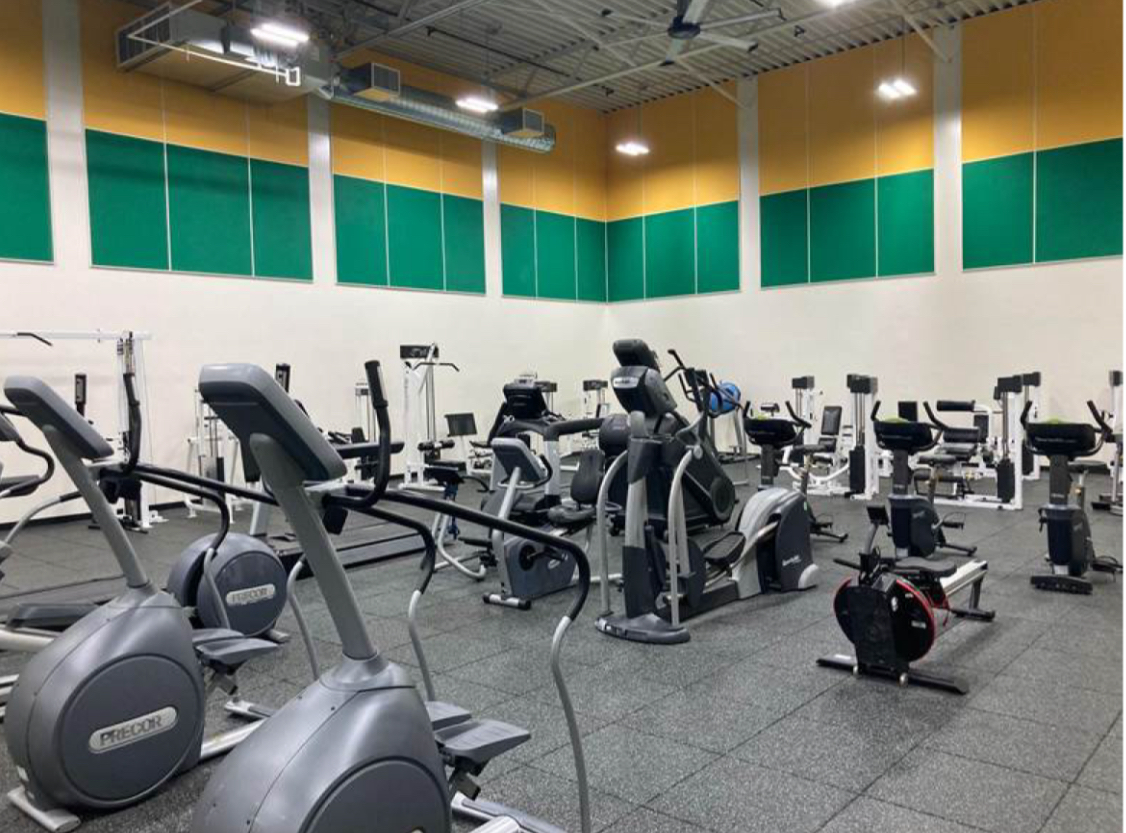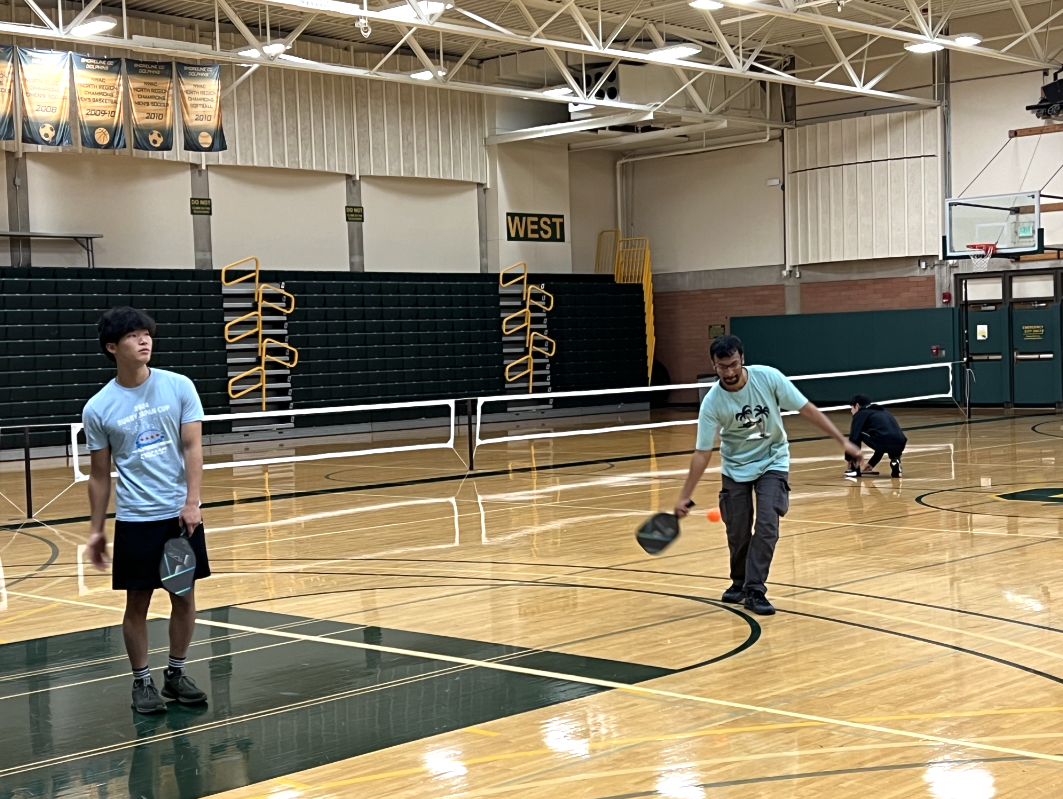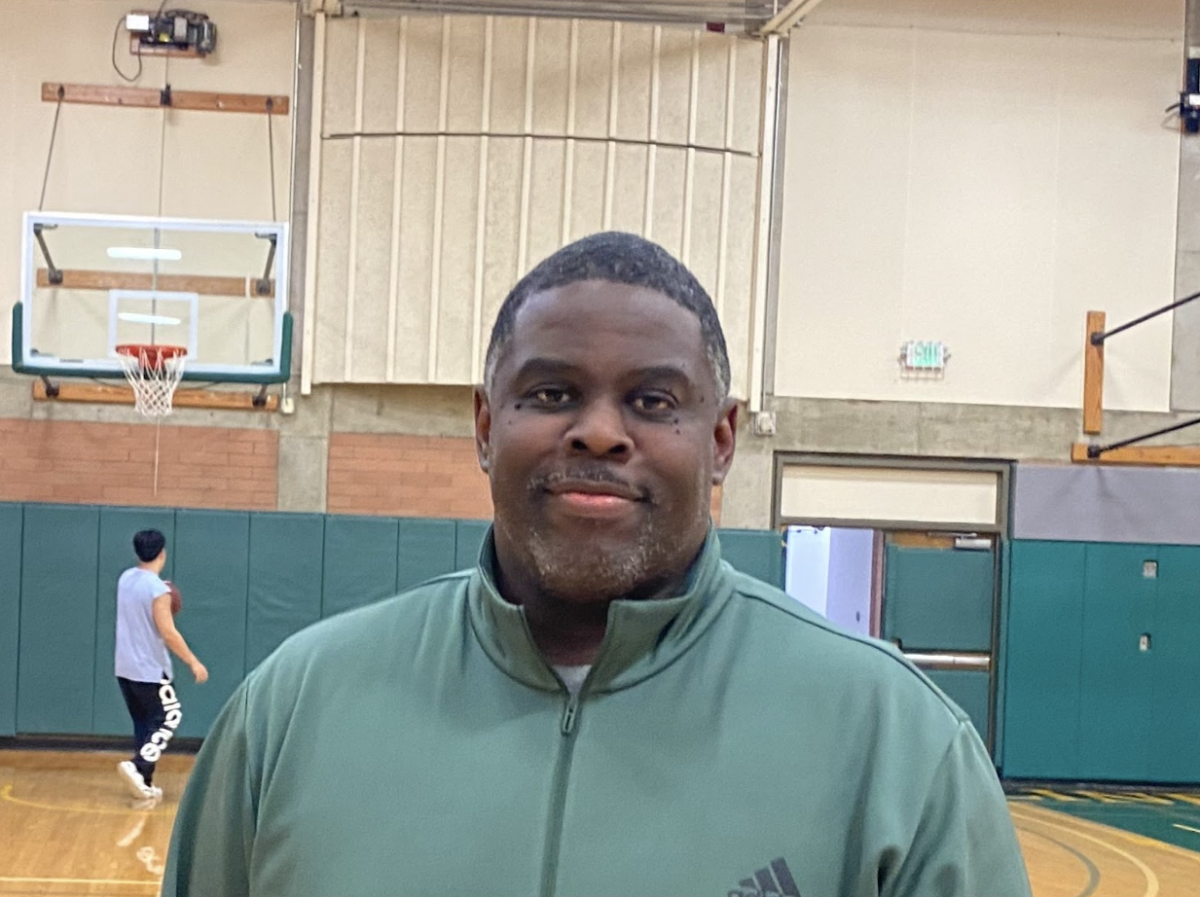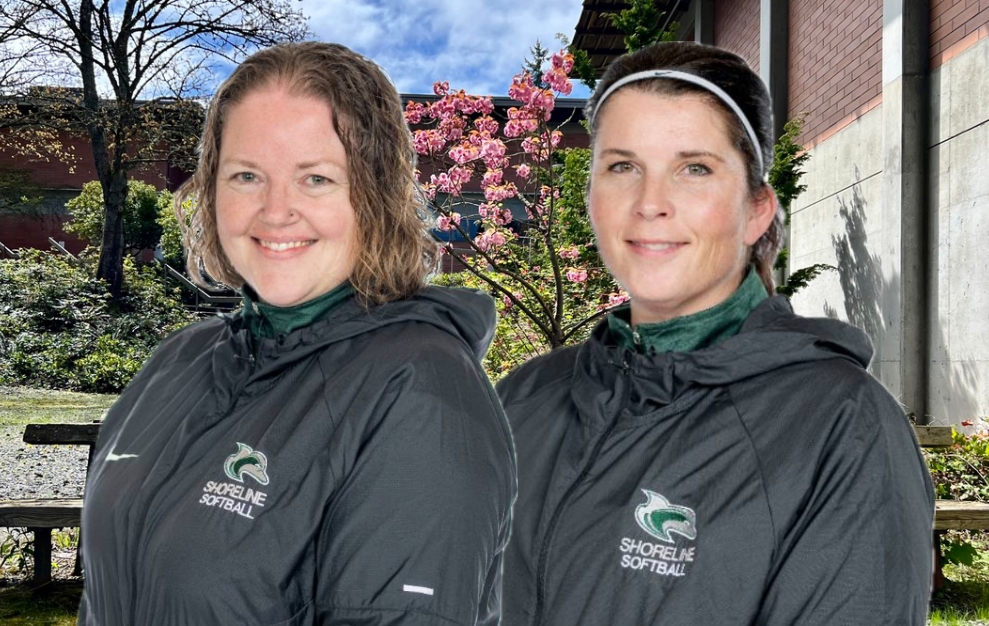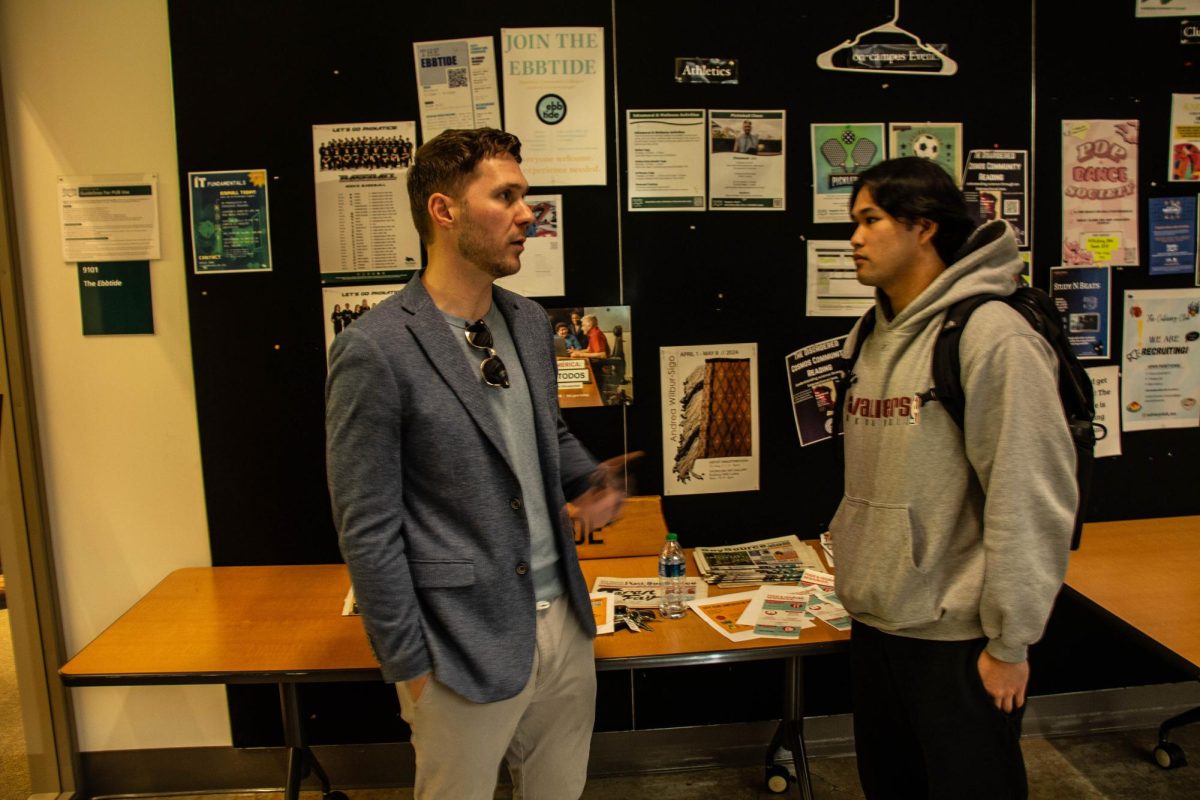SCC’S RECRUITMENT STRATEGIES
Recruiting players for a two- year school, such as SCC, has all the challenges of four-year universities, but also several more obstacles.
Two-year colleges are near the bottom of the “food chain” for recruiting. Not only are they battling with other schools in the same league, but four-year NCAA schools as well. Division 1 NCAA teams can o er lucrative scholarships to mostly, or completely, cover tuition, while Division 2 has partial scholarships for most players.
To make it even more difficult, oftentimes a player who has a breakout year in community college will earn a scholarship off er from a bigger school and transfer to a four-year school after just one season in community college.
The importance of getting the best players you can isn’t lost on Steve Eskridge, SCC’s athletic director (AD), so much to the point that recruiting is the majority of his job.
“When you’ve got young coaches coming in, the number one thing I always tell them is 70 percent of your job is recruiting,” Eskridge said. “If you don’t get the recruiting done, then you’re not going to be able to compete and field a good team.”
Although full-ride scholarships are not allowed by league rules, student athletes can earn up to $1500 per year to help cover their tuition by working within the athletic department, doing things such as setting up classrooms for PE or managing intramural sporting events.
About 65 percent of a student’s expenses can be covered between money earned in the athletic department, a tuition waiver covering a little bit over $300 and scholarship money amounting to about $510. The remaining 35 percent can be earned in jobs elsewhere on campus or elsewhere.
Most of the rosters for SCC athletic teams come from schools in King and Snohomish counties, especially in Shoreline and North Seattle. But students can be recruited from 11 states across the western U.S. and British Columbia. If a student athlete comes to SCC from outside of those states, or internationally (besides BC), there is no athletic scholarship that can be offered.
Primarily, coaches go to tournaments for local club teams — teams of high-school age players interested in competing at a higher level than most high school athletics — to find potential recruits.
Club head coaches have contact information for their players, and the college coaches have a chance to talk to the club coach to look into recruiting one or more of the players on that team.
Occasionally, players will seek out SCC, but usually it’s the other way around. Once a coach has one athlete interested, students will often also recruit their teammates or friendly rivals to potentially join them at the next level. SCC Assistant Baseball Coach Christian Heideger went so far as to say the players may be better recruiters than the coaching staff: “(We learn of) talent that our players know about that isn’t being seen or talked about,” he said.
Raquel West, co-head coach of the SCC volleyball team, wants to dispel the notion that student-athletes who come to community colleges are academically inferior to those at four-year schools. Academics can be one issue, she said, but “there are all kinds of reasons why students come here instead of a four-year school. Some don’t want the major commitment of going far away to a large university for four years.”
In 2001, the best volleyball season under West, two of her top players were 4.0 students who received attention from Division 1 schools.
“They wanted to go into nursing; playing volleyball at the collegiate level was just a way of helping them achieve that goal,” she said.
SCC is a member of the Northwest Athletic Conference (NWAC), a league of two-year colleges in Washington, Oregon and Idaho. In 1970, what had previously been a Washington-only conference expanded by adding multiple schools in Oregon. However, the Oregon schools, which had different rules for recruiting under their previous league, kept their regulations intact.
What does this mean? It means that while Washington-based colleges can only offer to cover up to about 65% of tuition, Oregon-based schools in the same league can offer a full ride.
“That’s something that’s brought up every year in our commissioner’s meetings,” Eskridge said. “There’s always at least one or two (of the Washington ADs) that are going to bring that issue up every year, but it’s not going anywhere.”
Surprisingly, the effect of having greater scholarship money available has not played out as a significant advantage on the court and on the field for the Oregon schools. Even when taking into account the larger number of schools that are based in Washington vs. Oregon, the average number of championships per school over the past few decades still favors Washington by a small margin.
The moment when a coveted recruit signs on the dotted line is exciting, both for the player and the school. But the logistics that have to be navigated by the athletic department just to get to signing day are anything but simple.
By Ed Strong,
Staff Writer


